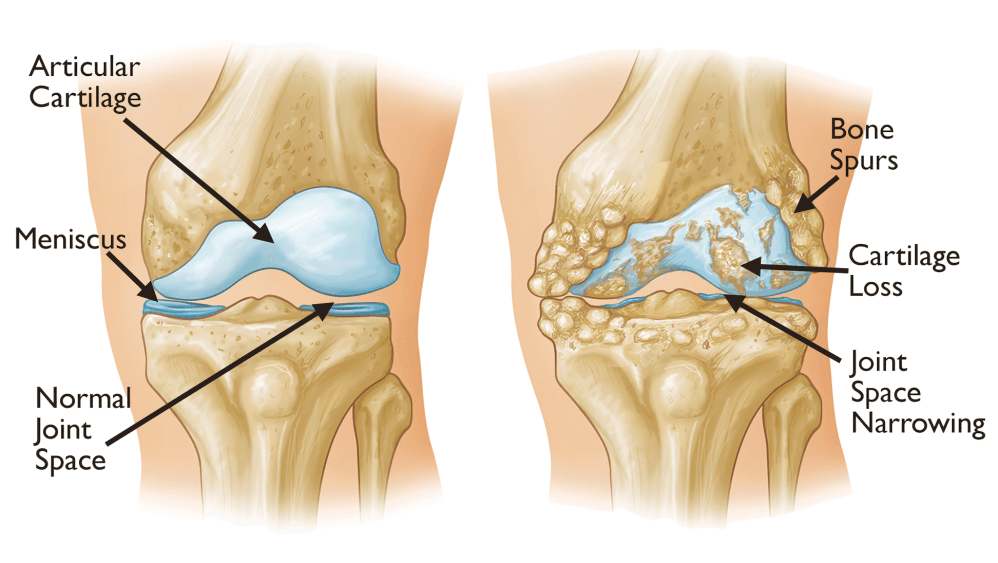
“
Understanding the causes and symptoms of arthritis is essential for early detection and better management. Arthritis refers to inflammation of one or more joints, leading to pain and stiffness that worsen with age. Although it's commonly seen in older adults, people of all ages can be affected. 1
1
”
Rheumatologists emphasize that arthritis is not a single disease but a broad category of over 100 disorders that affect joints, leading to inflammation, swelling, and gradual functional decline over time. 1
Genetic inheritance plays a major role in the development of certain types of arthritis, such as rheumatoid arthritis and ankylosing spondylitis, passing immune-related vulnerabilities across generations. 2

Osteoarthritis, the most common form of arthritis, typically results from joint wear and tear over the years, often intensified by obesity, repetitive stress, or injuries suffered during youth or adulthood.
Autoimmune reactions cause the body’s immune system to mistakenly attack its own joints, commonly leading to rheumatoid arthritis and lupus, where inflammation becomes chronic and extremely painful. 3
Certain bacterial and viral infections, like Lyme disease or hepatitis C, can trigger reactive arthritis, where symptoms begin after the immune system overreacts to an infection elsewhere in the body. 4
Age remains a dominant factor, with people over 50 experiencing higher rates of arthritis due to cartilage breakdown, reduced joint lubrication, and natural musculoskeletal wear with aging. 5
Gender plays a surprising role—women are more prone to rheumatoid arthritis, while men are slightly more susceptible to gout and ankylosing spondylitis due to hormonal and genetic differences. 6
Smoking not only increases the risk of developing arthritis but also worsens symptoms by damaging connective tissues, reducing oxygen delivery, and boosting the production of inflammatory compounds. 7
Obesity puts added stress on joints, particularly in the knees, hips, and spine, and also produces inflammatory chemicals that accelerate cartilage breakdown and joint pain, even in younger individuals. 8

Repetitive physical strain from sports, occupation, or poor posture increases the chances of joint damage, making mechanics, athletes, and laborers more likely to develop degenerative arthritis early.
Joint injuries from accidents or previous fractures often result in post-traumatic arthritis years later, as damage to cartilage or ligaments can trigger abnormal joint wear and inflammation. 9
Early symptoms of arthritis may include fatigue, morning stiffness, or mild joint swelling that slowly worsens over months, often being dismissed as aging or overuse until it becomes severe. 10
Cracking sounds or grinding sensations when moving joints often result from cartilage erosion and are commonly noticed in osteoarthritis, where bone surfaces begin to rub directly against each other. 11
Depression and anxiety frequently accompany chronic arthritis due to persistent pain and loss of mobility, significantly impacting emotional health, relationships, and overall quality of life. 12

Juvenile arthritis affects children under 16, often without a known cause, and can involve joint swelling, eye inflammation, or growth disturbances if left untreated in the early stages.
Gout, a form of arthritis, causes sudden, severe pain, usually in the big toe, triggered by uric acid crystal buildup and often mistaken for injury or infection during initial attacks. 13
Psoriatic arthritis develops in people with psoriasis, a skin disorder, and causes swollen fingers and toes, joint stiffness, and even spinal pain, often blending skin and joint symptoms. 14
Inflammatory bowel disease, such as Crohn’s or ulcerative colitis, can lead to arthritis as a secondary condition, connecting gut inflammation with painful joint involvement through immune system dysfunction. 15
If left untreated, arthritis can lead to permanent joint deformities, muscle atrophy, or disability, making early diagnosis and tailored treatment essential to preserve joint function and life quality. 16
As Hippocrates observed centuries ago, inflammation within the body is a messenger of imbalance. Modern physicians echo that early treatment of arthritis is vital to prevent irreversible joint damage. 17


